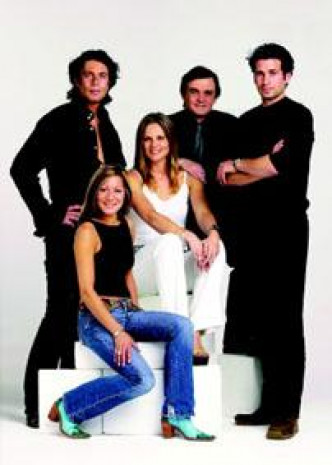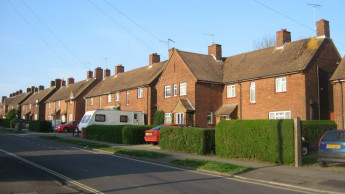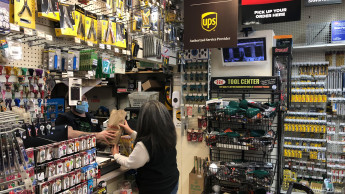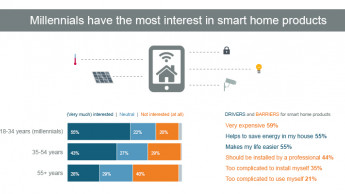Booming housing market
Among the reasons behind the upsurge of interest in painting in the UK is the high rate of home ownership – just under 70 per cent of the Brits own their own home – and the booming housing market, which has risen by roughly 30 per cent since 1998.
The situation in Germany is very different, with home ownership at only 41 per cent and a long-term stagnant housing market. Rental dwellers are less likely to be motivated to experiment with colour than home-owners, especially as they are more often than not bound by the terms of their tenancy agreement to paint the walls white again when they move out.
“Colourful Britain”
Colour is fascinating and exciting in the UK in a way that white is not. Getting exactly the right shade of colour is a key driver of choice, with an impressive array of tester pots and colour cards available at every major DIY retailer. Colour is key as it allows DIY painting to become a outlet of creativity. A recent study carried out by the Social Issues Research Centre in Oxford reveals that 72 per cent of DIYers regard DIY as a form of self-expression, 18 per cent see it as a leisure activity and eight per cent even consider that it has a therapeutic effect.
Shifting the market from white to non-white has been crucial for the development of the UK market. Not only does it allow DIYers to see paint as something fascinating rather than functional, the higher margins offered by coloured paints allow marketers room to invest in marketing innovations.
The strategies employed by UK colour marketing specialists are in fact very similar to those of the fashion industry: trend forecasters are employed, certain colour schemes are declared “in” for the coming season and communicated through advertising. Wonderful-sounding names are invented to describe the colours such as “Lazy Lilac” or “Apricot Crush”, beautiful room sets are made up with the colour schemes and then included in interior design magazines. In this way paint becomes an object of desire.
Time for a make over
Equally important in the successful development of the UK paint market are the TV makeover programmes. These started in the mid nineties and proved a tremendous success. There are currently 14 running on UK television! These types of programme are done in an…









